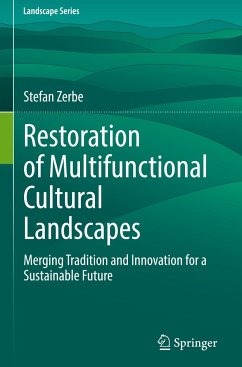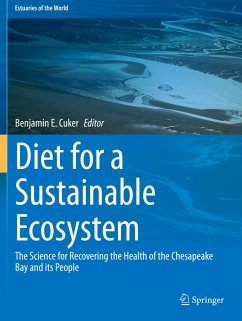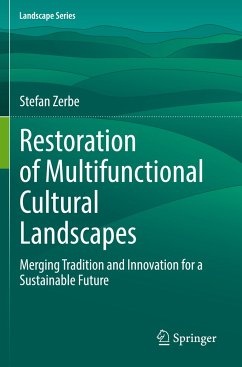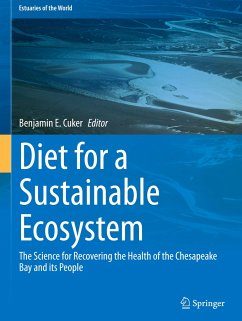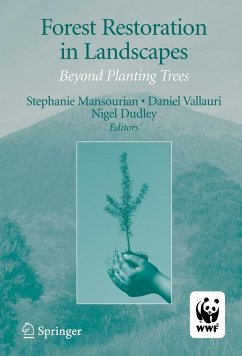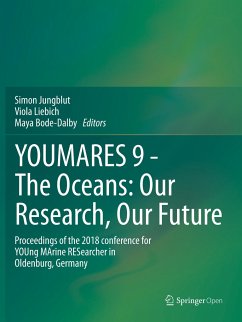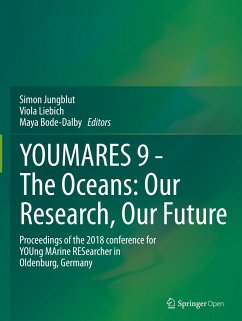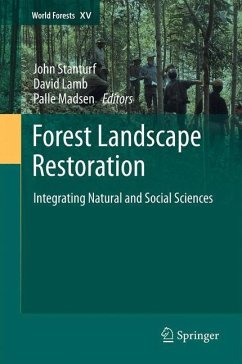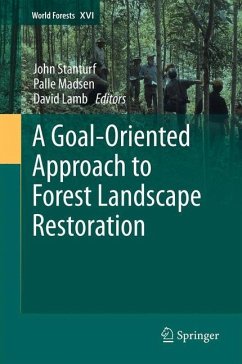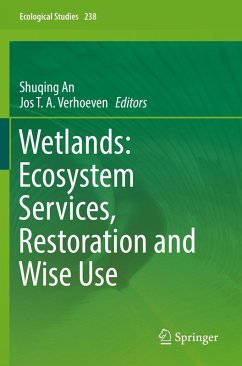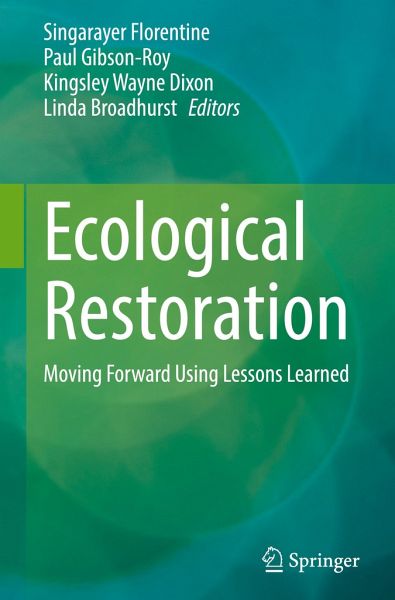
Ecological Restoration
Moving Forward Using Lessons Learned
Herausgegeben: Florentine, Singarayer; Gibson-Roy, Paul; Dixon, Kingsley Wayne; Broadhurst, Linda

PAYBACK Punkte
22 °P sammeln!
Ecological restoration, although a relatively new endeavour compared to other disciplines, has gained significant momentum during the last decade as accelerating global change becomes more apparent. It is now widely accepted by the scientific community that to avoid further devastating effects of climate change and biodiversity loss, humanity must determinedly move more to protect and restore natural ecosystems. Many restoration efforts of the past have been ad hoc, site and situation-specific and have often failed to achieve desired outcomes, but over the last decade, many countries are alloc...
Ecological restoration, although a relatively new endeavour compared to other disciplines, has gained significant momentum during the last decade as accelerating global change becomes more apparent. It is now widely accepted by the scientific community that to avoid further devastating effects of climate change and biodiversity loss, humanity must determinedly move more to protect and restore natural ecosystems. Many restoration efforts of the past have been ad hoc, site and situation-specific and have often failed to achieve desired outcomes, but over the last decade, many countries are allocating increasingly significant amounts of financial investment towards restoration with the goal of achieving more systematic and predictable outcomes. Today, activities related to restoring ecosystems, natural assets and biodiversity are a global focus.
This book covers a wide range of topics related to ecological restoration including for grasslands, wetlands, temperate and tropical forests and arid zones. Importantly, it also focuses on ecological restoration in human-disturbed landscapes such as for urban areas, farmlands, mine sites and transport corridors. It highlights the necessity for evidence-based approaches that are both nuanced and complementary with prescriptions for people-based restoration, that is socially inclusive and cognisant of historic and current community sentiment.
Ambitious landscape and continental scale targets for ecological restoration have been set across the globe. However, without practical guidelines developed from restoration evaluations from the recent past to follow, future efforts are unlikely to be successful, nor -expected targets met. To that end, this book reviews and highlights a large number and variety of restoration stories from around the world. Most are presented as reader-friendly case studies, that feature innovative and systematic techniques for undertaking species-rich ecological restoration.Together they provide inspiration for current and future professionals and offer unique glimpses into state-of-the-art practice for this critically important discipline
This book covers a wide range of topics related to ecological restoration including for grasslands, wetlands, temperate and tropical forests and arid zones. Importantly, it also focuses on ecological restoration in human-disturbed landscapes such as for urban areas, farmlands, mine sites and transport corridors. It highlights the necessity for evidence-based approaches that are both nuanced and complementary with prescriptions for people-based restoration, that is socially inclusive and cognisant of historic and current community sentiment.
Ambitious landscape and continental scale targets for ecological restoration have been set across the globe. However, without practical guidelines developed from restoration evaluations from the recent past to follow, future efforts are unlikely to be successful, nor -expected targets met. To that end, this book reviews and highlights a large number and variety of restoration stories from around the world. Most are presented as reader-friendly case studies, that feature innovative and systematic techniques for undertaking species-rich ecological restoration.Together they provide inspiration for current and future professionals and offer unique glimpses into state-of-the-art practice for this critically important discipline





